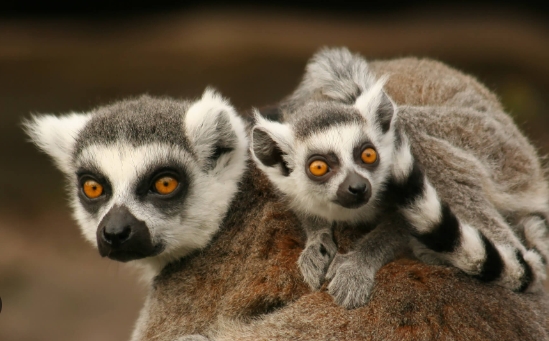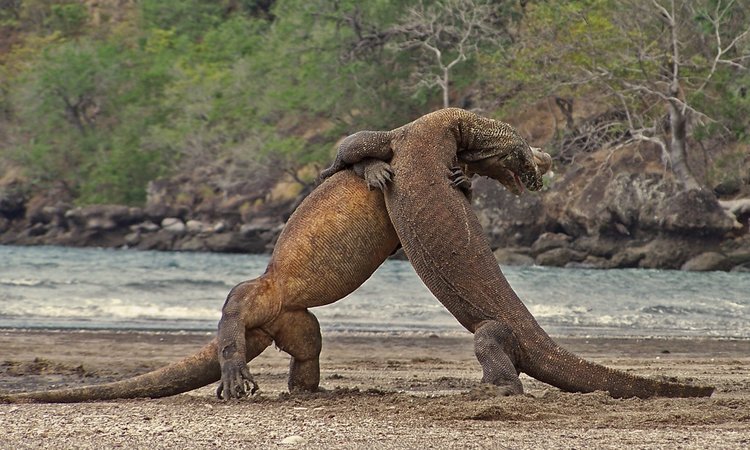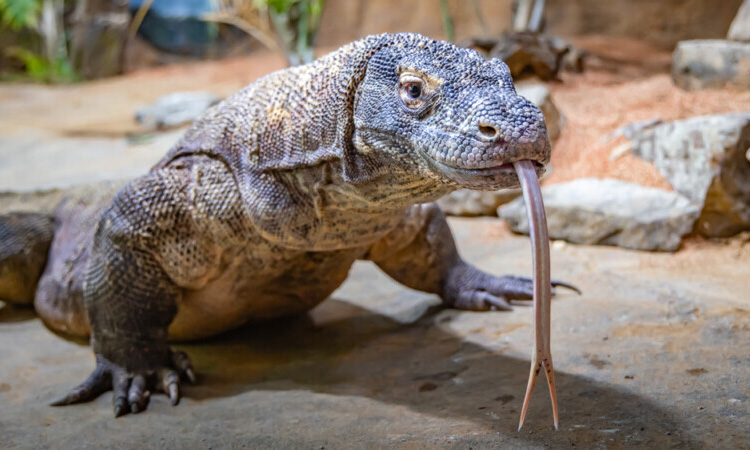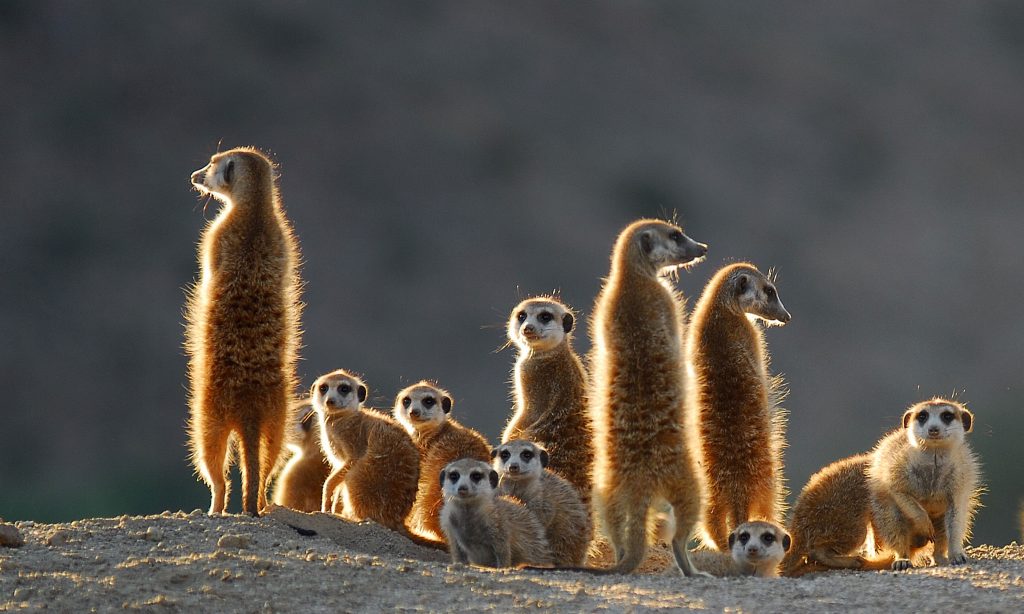Lemurs are unique primates found only on the island of Madagascar.
They are known for their large, expressive eyes and bushy tails.
There are over 100 different species of lemurs, ranging in size from the tiny mouse lemur to the larger indri lemur.
Lemurs are incredibly diverse in their appearances and behaviors, making them a fascinating subject of study for scientists and nature enthusiasts alike.
Social Structure and Communication
Lemurs are highly social animals, living in groups known as troops.
Within these troops, lemurs have complex social hierarchies that are maintained through a variety of vocalizations and body language.
Different species of lemurs communicate in different ways, from loud calls to silent gestures.
Unique Adaptations
One of the most interesting aspects of lemurs is their unique adaptations to their environment.
For example, the aye-aye lemur has a long, thin middle finger that it uses to tap on trees to find insects to eat.
The sifaka lemur has powerful hind legs that allow it to leap up to 30 feet in a single bound.
These adaptations have allowed lemurs to thrive in the diverse habitats of Madagascar, from rainforests to dry, spiny forests.
Conservation Challenges
Despite their fascinating biology, lemurs are facing a number of challenges that threaten their survival.
Deforestation, hunting, and the illegal pet trade have all taken a toll on lemur populations.
Many species of lemurs are now critically endangered, with some facing the very real possibility of extinction in the near future.
Conservation efforts are underway to protect lemurs and their habitats. Organizations such as the Lemur Conservation Foundation and the Madagascar Fauna and Flora Group are working to raise awareness about the plight of lemurs and to support conservation initiatives on the ground in Madagascar.
In conclusion, lemurs are truly unique and fascinating primates that deserve our attention and protection. By learning more about these incredible animals and supporting conservation efforts, we can help ensure that lemurs continue to have a future in the wilds of Madagascar.




